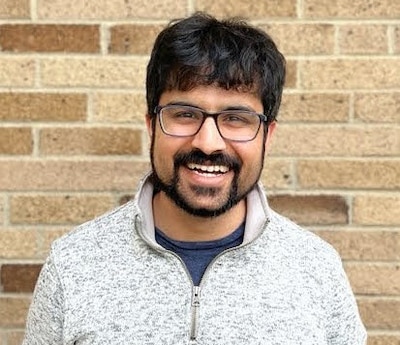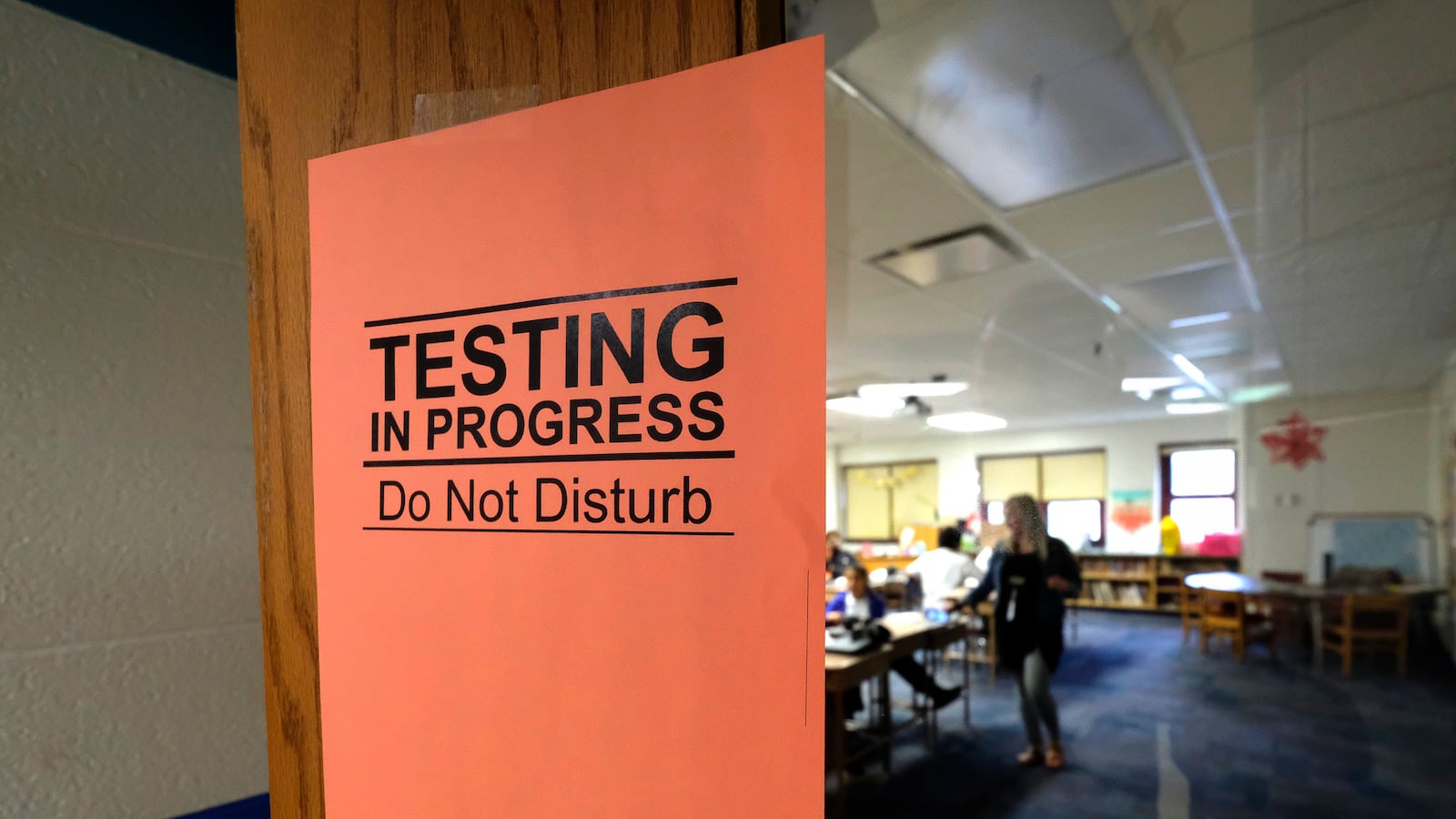I could tell from her body language that she was angry. A student I’ll call Talia was standing by the door, tense. I approached her slowly and quietly said, “Hey, you don’t seem like yourself. Is everything okay?” She said she was going to hit another student as soon as she saw him. She wouldn’t tell me why. I knew I had precious little time to de-escalate. I called another teacher for help and asked Talia to take a few deep breaths, reminding her that nothing bad had happened yet, and it didn’t need to.

We held it together for three minutes, the rest of the class staring silently in disbelief. But when the other student walked past us, she lunged after him, me holding her back, grasping the door frame for support. She pushed past me and almost reached the student before he got into the other teacher’s room.
What transpired just two months ago is hardly unique to my middle school classroom in Indianapolis. Students, teachers, and families across the country have been grappling with an uptick in troubling student behaviors in schools. The trend is in schools of all types and in all communities, spanning minor behaviors like tardies to more significant incidents of violence and hate-based rhetoric. According to one national survey, “twice as many teachers witness violent classroom incidents today versus pre-pandemic.”
There’s no shortage of guesses as to the cause, among them academic and social skills gaps from online learning, residual trauma, cuts to social-emotional and equity-based education, unaddressed mental health, teacher burnout and shortages — it’s a long list. Although the problem is worse, it is not new. And schools have had a limited toolkit of incentives, consequences, services, and staffing to react to all of these challenges.
So I find myself asking: Is there something about the structure of school, about what we’re asking and requiring students to do, that plays a role?
The answer I keep coming back to is our state tests and what we must teach so students will pass. Too many students are disengaged and unhappy at school because the day is structured around assessments instead of what is relevant to their lives and futures.
During the pandemic, many hoped that the seismic shift would transform this status quo. In 2021, there was no shortage of prophetic think pieces heralding the coming revolution. “Integrate technology!” “Educate the whole student!” “Reimagine the school day!”
Students got a taste of how learning feels when schools prioritize relevant instruction above the test. But it was only possible because states set aside their tests. They held schools “harmless” for the results or canceled testing altogether. Fast forward to now, and we’ve reverted back to the pre-pandemic culture of testing.
Students got a taste of how learning feels when schools prioritize relevant instruction above the test.
Meanwhile, in most schools, you’ll find almost no mention of today’s biggest problems: political division, climate change, income inequality, resource scarcity, loss of biodiversity, artificial intelligence, misinformation. But you’ll find plenty of solutions to the problems of yesteryear in textbooks scarcely updated in a generation.
How can we expect students to engage in school if they don’t value what we put in front of them?
One bright spot: Rep. Jamaal Bowman’s proposed the More Teaching Less Testing Act, which would pivot schools away from a teaching culture built around annual testing. Instead, states could test representative samples of students or limit testing to once every three years. Most importantly, the proposal prohibits districts and states from using state assessments for teacher evaluations and school grades, which can have a chilling effect. That’s because poor test scores can lower a school’s letter grade and hurt teacher evaluations (which may be tied to compensation).
I know we need data we can act on, and that means testing at least a representative sample of students. But by limiting the time spent testing and lifting the stakes tied to it, we’ll see more schools like Ehrman Crest in Pennsylvania, which partners with a local children’s museum to make the school feel more like a curated set of experiences. We’ll see history, civics, career and technical education, robotics, physical education, health, music, art, and so many other enriching subjects make a comeback in the bell schedule. We’ll see students spending less time resisting lessons that they can’t connect to. We’ll shrink the disconnect between our teaching and the world in which students live.
For now, most lesson plans are guided by what state tests require. I’ve observed these lessons, and despite great teachers’ best efforts to teach students how to write an argumentative essay, for example, the prompts are often uninspired, and the process rote. Is it any wonder students are bored?
Every year, by contrast, my class holds mock trials about topics such as water pollution near a housing complex or deforestation in a state forest. Students develop an argument, analyze primary sources to compile evidence, and make their case. My students always rank this as one of their favorite activities, and every year, at least one student says, “I kind of want to be a lawyer now!” My real objective, though, is to teach them how to write an argumentative essay in a way that is absorbing and relevant.
But this kind of teaching and learning demands breathing room from the high-stakes testing we’ve relied on for decades. That approach hasn’t worked, and the data it produced didn’t teach us much we didn’t already know.
Talia is one of my brightest students, but like many young people, she couldn’t see herself in the learning, and the seed of frustration grew into something worse. Let’s move forward with what we have learned and free teachers to educate students for tomorrow. We want students to be engaged and excited to come to school, not bored and angry because of it.
Ronak Shah is a seventh grade science teacher in Indianapolis and a Teach Plus Senior Writing Fellow.



